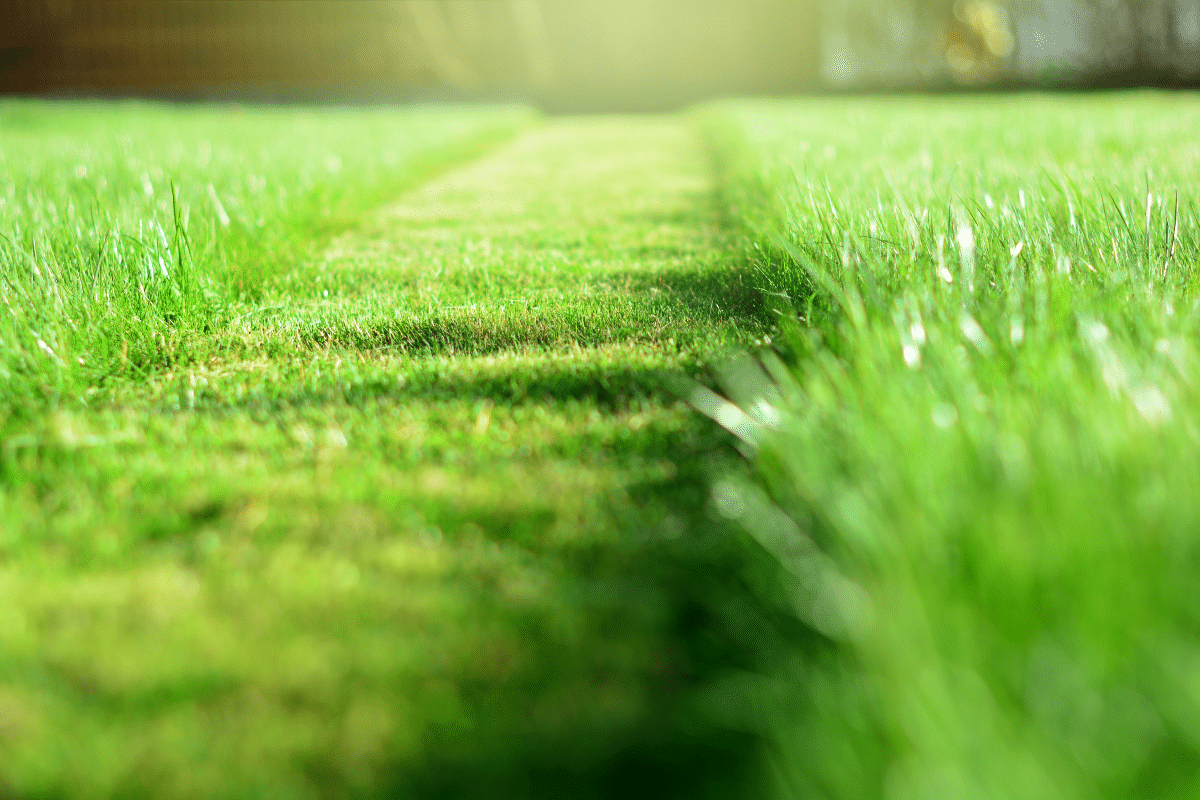Summer lawn care can be a bit stressful for you and your lawn. Probably so far this spring and summer you’ve been very happy with how your lawn looks; especially if you’ve been using the Fertilome 3 step plan. But now you could be seeing signs of distress in your lawn and wonder what to do now. Following are a few insights and helpful tips on summer lawn care in the Tri-State area –
Past summers have been known to bring about above normal average temperatures along with minimal timely rainfalls. As a result, our lawns struggle to maintain the beautiful look we all strive to achieve. Historically, the months of July and August bring hotter temperatures and less precipitation.
Most home lawns in the tri-state area are …considered cool season grasses. The most common are Fine Fescue, Tall Fescue, Perennial Ryegrass and Kentucky bluegrass. When daytime temperatures are around 60 to 75 degrees along with ample moisture, cool season grasses perform their best. That is why you see lawns look their best during the spring and fall.
The summer months, without a doubt, are the most stressful time of the year for cool season grasses. Higher temperatures and dry soils will cause a homeowner’s lawn to suffer in quality and could potentially be a lawn’s demise.
Watering – If precipitation is lacking, an inch of water per week will be adequate in maintaining a healthy and green lawn. When watering, it’s best to mimic nature and irrigate deeply and infrequently to simulate natural rainfall. This will also encourage deep rooting by forcing the roots to search for water. Lightly watered turf creates shallow roots which need water all the time and are ill prepared for a drought.
If you do not have the luxury of owning an irrigation system, simply purchase a portable sprinkler head and a rain gauge from your local garden center. If possible, try to water in the morning, there will be less evaporation and watering at night can bring about lawn diseases.
Mowing – This is important, mowing height should be at least 2.5 – 3 inches. Mowing at a higher setting promotes deeper and more extensive root systems, and helps your lawn withstand summer stress. In addition, a taller lawn will provide more shade and helps retain soil moisture. Finally, keep your mower blade sharp. Tattered grass blade ends can lead to rapid moisture loss.
Fertilizing – I advise against fertilizing during the summer months. Over fertilization during the summer can promote too much top growth and deplete the food reserves stored in the lawn’s root system. Therefore, I recommend waiting until the fall season to do so.
Summer Lawns by jpotunas


